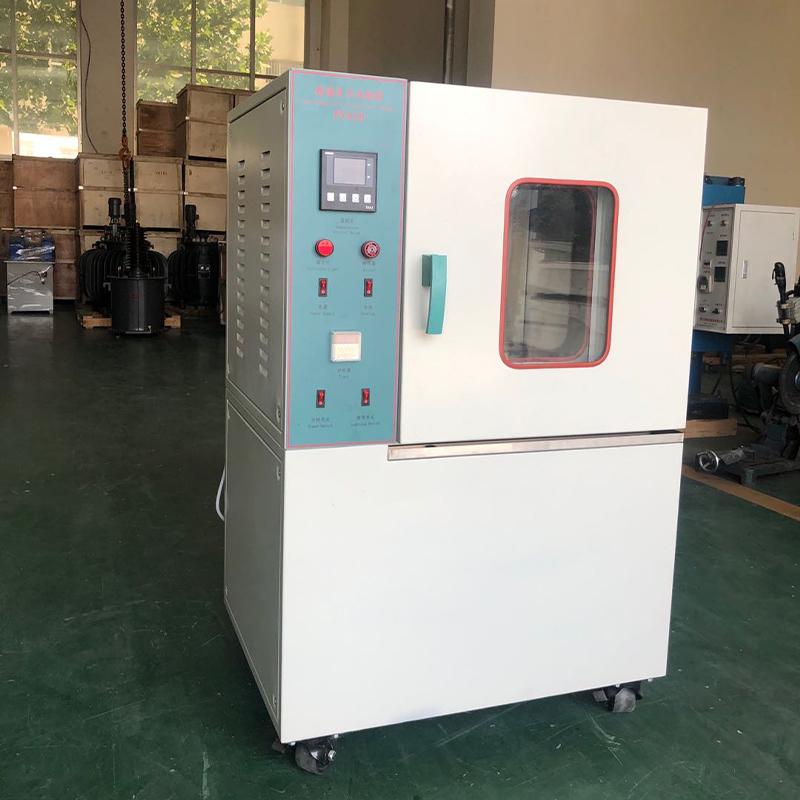Innovative Solutions for Precision Measurement in Optical Instrumentation Industry
The Role of Optical Measuring Instruments in Modern Industry
In the ever-evolving landscape of modern industry, precision and accuracy have become fundamental pillars that drive productivity and innovation. One of the key players in achieving this high standard is optical measuring instruments. These sophisticated tools utilize light-based technology to provide superior measurement capabilities, enhancing quality control and ensuring the reliability of various products across multiple sectors.
Understanding Optical Measuring Instruments
Optical measuring instruments encompass a variety of devices designed to measure physical properties using optics. This includes measuring dimensions, shapes, surface qualities, and even internal features of objects. Common types of optical measuring instruments include laser scanners, optical comparators, digital microscopes, and interferometers.
The basic principle behind these instruments is the manipulation and analysis of light. For instance, laser scanners emit a laser beam that reflects off the surface of an object. By measuring the time it takes for the light to return and analyzing the reflected beam, the instrument can accurately determine the shape and dimensions of the object in question. This non-contact measurement technique is particularly beneficial for delicate or small components, where traditional measuring techniques might cause damage or deformation.
Applications in Various Industries
Optical measuring instruments are employed across a broad range of industries, each of which demands precision in their manufacturing processes. In the automotive sector, for example, these instruments help manufacturers ensure that components such as gears and engine parts meet stringent tolerances. Any deviation can lead to significant performance issues, making optical measurement critical for maintaining safety standards.
Similarly, in the electronics industry, where miniaturization is a trend, the need for accurate measurements is heightened. Optical instruments are used to inspect the intricate features of circuit boards and semiconductor components, ensuring that even the smallest parts adhere to design specifications.
The aerospace industry also relies heavily on optical measurements, particularly for components that must withstand extreme conditions. Here, accuracy is paramount, as any defect can have catastrophic consequences. Optical measuring systems are integrated into the quality assurance process to verify the integrity of parts, from structural components to sophisticated avionics.
optical measuring instruments company

Advantages of Optical Measurement
One of the most significant advantages of optical measuring instruments is their ability to deliver high-speed measurements with unmatched accuracy. Unlike traditional mechanical measurement techniques, optical instruments can gather data from various angles and perspectives simultaneously. This rapid data acquisition means that quality control processes can be streamlined, resulting in increased efficiency and reduced downtime.
Moreover, the non-contact nature of optical measurements minimizes the risk of damaging sensitive components, making them ideal for a wide range of applications. The high resolution offered by these instruments allows for the detection of even minor deviations, ensuring that products are manufactured to the highest possible standards.
Challenges and Future Trends
Despite their numerous advantages, optical measuring instruments are not without challenges. One of the primary concerns is the need for skilled personnel who can operate and interpret data from these complex systems. Additionally, environmental factors such as temperature fluctuations and vibration can impact measurement accuracy, necessitating robust calibration and maintenance protocols.
Looking to the future, the field of optical measurement is poised for significant advancements. Innovations such as machine learning and artificial intelligence are beginning to make their mark, enabling systems to not only measure but also analyze and predict potential quality issues before they occur. This proactive approach could revolutionize quality control practices across industries.
Furthermore, the integration of optical measuring instruments with other technologies, such as robotics and automation, is set to enhance their application. As industries move towards Industry 4.0, the synergy between optical measurement systems and automated production lines will drive efficiency, productivity, and overall reliability.
Conclusion
In conclusion, optical measuring instruments play a pivotal role in ensuring the precision and quality of products across various industries. Their ability to provide accurate, rapid, and non-contact measurements makes them indispensable in modern manufacturing processes. As technology continues to advance, the future of optical measurement holds great promise, paving the way for even greater innovations in quality assurance and production efficiency. As industries embrace this technology, optical measuring instruments will undoubtedly remain at the forefront of precision measurement, shaping the future of manufacturing and technology.
-
Why the Conductor Resistance Constant Temperature Measurement Machine Redefines Precision
NewsJun.20,2025
-
Reliable Testing Starts Here: Why the High Insulation Resistance Measuring Instrument Is a Must-Have
NewsJun.20,2025
-
Flexible Cable Flexing Test Equipment: The Precision Standard for Cable Durability and Performance Testing
NewsJun.20,2025
-
Digital Measurement Projector: Precision Visualization for Modern Manufacturing
NewsJun.20,2025
-
Computer Control Electronic Tensile Tester: Precision and Power for the Modern Metal Industry
NewsJun.20,2025
-
Cable Spark Tester: Your Ultimate Insulation Assurance for Wire and Cable Testing
NewsJun.20,2025
 Copyright © 2025 Hebei Fangyuan Instrument & Equipment Co.,Ltd. All Rights Reserved. Sitemap | Privacy Policy
Copyright © 2025 Hebei Fangyuan Instrument & Equipment Co.,Ltd. All Rights Reserved. Sitemap | Privacy Policy
